The Oliver Guide to Food & Beverage Packaging

Introduction
As food and beverage packaging has become more sophisticated, brands face an extensive list of design considerations.
From selecting the proper substrate materials and compelling visual effects and structural options to accounting for food safety and environmental sustainability, food and beverage brands have their plates full.
This guide provides an overview of the fundamental printing and packaging topics you need to address to elevate your brand above competitors.
There’s a lot to digest. So let’s dive in.
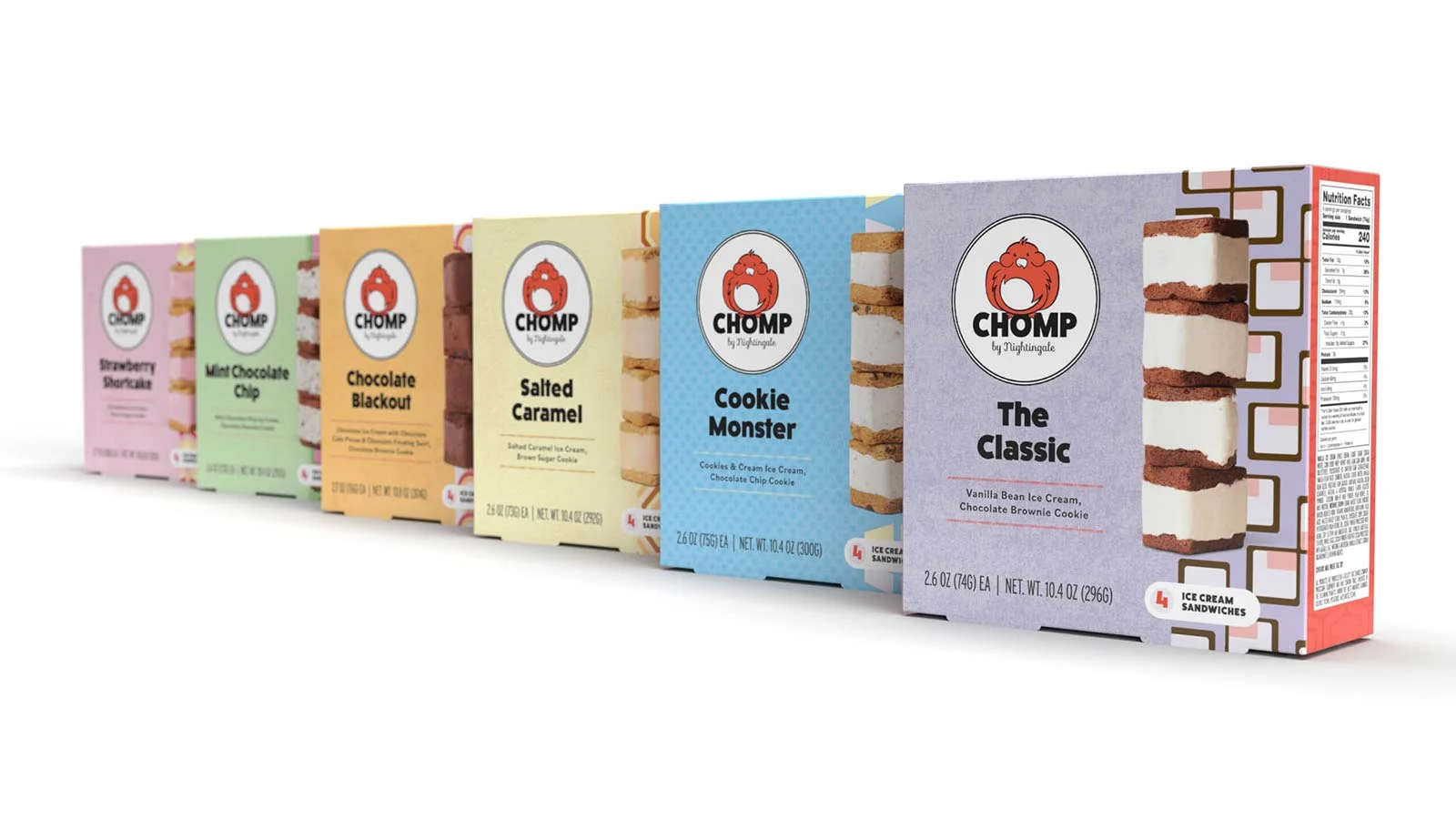
Proper Materials for Food Packaging
In addition to securing and protecting products, food and beverage packaging materials must also integrate well with the consumable items they preserve. Your packaging materials must not affect the taste of the food, while maintaining its quality—whether stored in a fridge, freezer, or pantry shelf.
To ensure this, prioritize working with a food and beverage packager Safe Quality Food (SQF) certified. Established by the Global Food Safety Initiative (GFSI), SQF certification means a manufacturer abides by the highest food safety standards in the world. This pertains to the entirety of their operations, breaking down into six categories: primary production, food retail, manufacturing, food packaging, storage and distribution, and quality.
Food packaging materials need barrier coatings that can protect your food from contamination and packaging from compromise by food elements, such as oils or liquids. Poly film is most commonly used in these instances, but you might also consider employing windowing, a decorative design that protects food while enticing consumers.
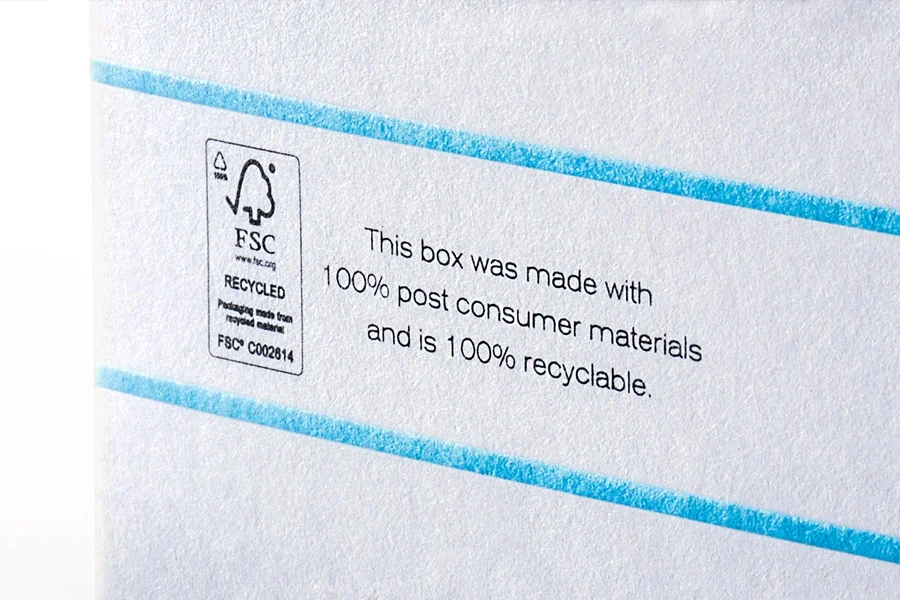
Sustainable Food & Beverage Packaging
Sustainability has become a priority for most consumers. And food and beverage packaging is no exception. While sustainable packaging relates to every part of the manufacturer's operation, including energy sources and supply chain lengths, reconsidering packaging materials may be the fastest way to become more sustainable.
When it comes to sustainable food and beverage packaging, you must abide by right-size packaging, localize your supply chain, minimize plastics, utilize biodegradable alternatives and recyclable paper materials, and source from responsibly managed forests.
Right-size packaging means using only as much material as necessary to secure and preserve your product. This includes removing superfluous air pockets and gratuitous layers of plastic film and filler paper. Eco-friendly consumers notice which brands practice this principle.
By localizing your supply chain, you reduce carbon emissions, the primary culprit related to global warming. Shortened supply chains equates to fewer emissions and lower environmental impact, making you a more praiseworthy brand in the eyes of consumers starved for brands aligned with their green values.
Biodegradable and tree-free alternatives are incredibly renewable. Including cotton, hemp, casein, and sugarcane bagasse, alternative substrate materials diminish the amount of waste that would otherwise go into landfills or damage ecosystems. Postconsumer recycled paper is another way to practice the principle of reduce, reuse, and recycle.
Unfortunately, not all forests are managed sustainably. To ensure you’re collaborating with an environmentally conscious manufacturer, verify sourcing from responsibly managed forests, and certification by the nonprofit Forest Stewardship Council (FSC), Sustainable Forest Initiative (SFI), or Programme for the Endorsement of Forest Certification (PEFC).
Integrating sustainability into packaging helps your brand stand out among the crowd, generating greater loyalty among the growing number of eco-friendly consumers.
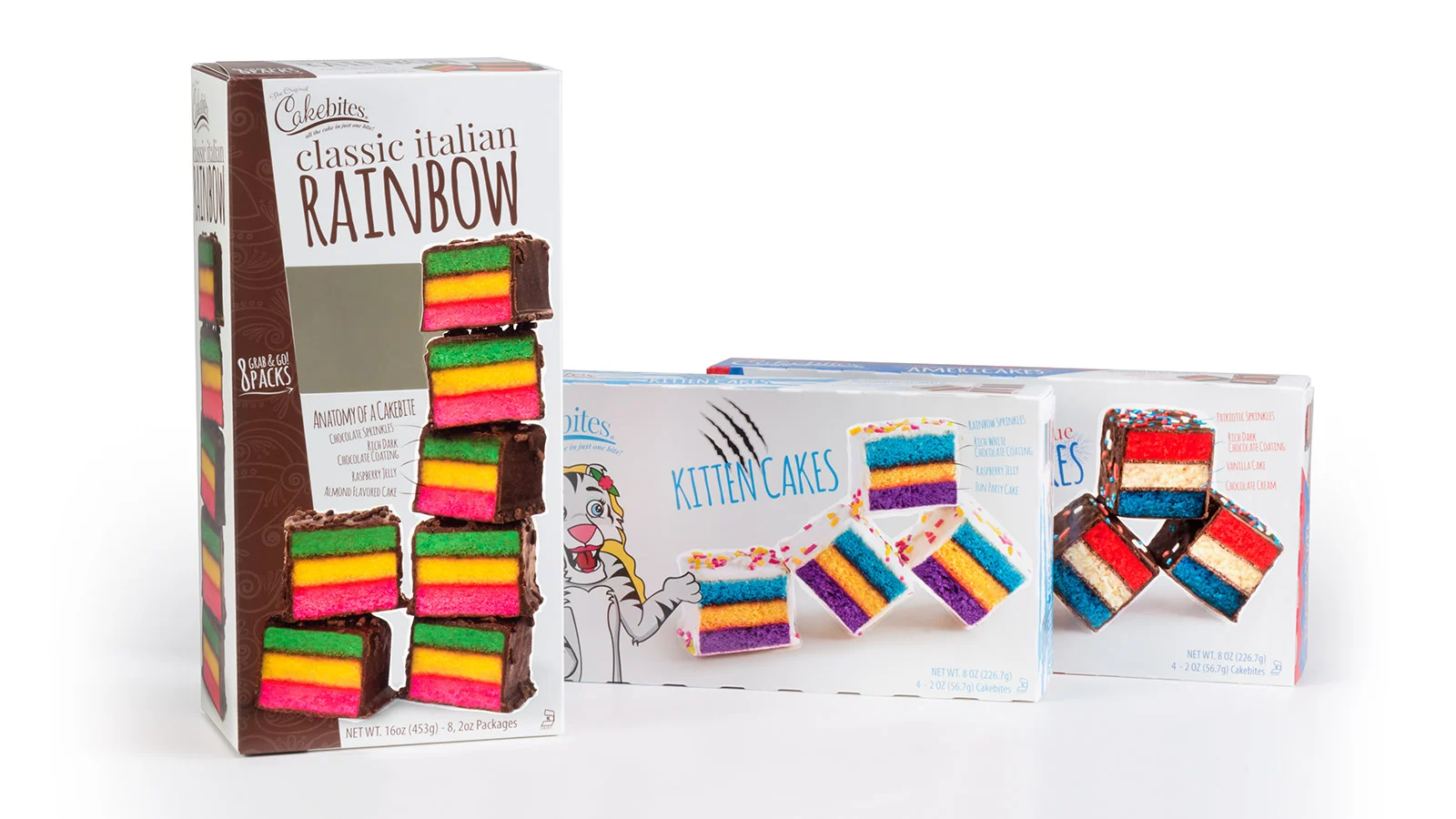
Eye-Catching Decorative Effects & Structures
If you can’t attract consumers’ attention with effective packaging, then they’re not going to pick your food or beverage product off the shelf. In addition to utilizing the proper packaging materials and protective layers, you can employ several eye-catching decorative effects.
Hot Foil Stamping
Relying on pressure-heating technology, hot foil stamping facilitates attaching metallic hues to a substrate. While traditionally silver and gold, contemporary technology can accommodate almost any color. This decorative effect can give your food and beverage packaging a premium or luxurious quality, the geologic shine signaling high-end branding and high-quality taste or ingredients.
Cold Foil Stamping
Utilizing UV light instead of heat, cold foil stamping produces a similar effect. Foil is distributed from a roll mounted inline and adhered to a substrate, accommodating colors from both CMYK and PMS spectrums.
Specialty Coatings & Laminates
Specialty coatings and laminates deliver both abrasion-resistance and glossy visuals. Typically made of polyester, nylon, or polypropylene, the type of laminate film your food product needs will depend on its particular application.
Polyester is flexible, and often used in large folding carton print runs, decorating both sides of a substrate. Nylon has unique breathability, while polypropylene is the least expensive and aids the brightest colors.
Coatings and laminates enhance hues by adding shine, and increase food and beverage packaging durability and rigidity. Coatings and laminates can assure your stunning visuals remain intact, no matter how much your products are handled during shipment and storage before they even get into consumer hands.
Notably, casein protein can be used as a biodegradable alternative for protective film.
Debossing & Embossing
Adding dimensionality to your packaging gives consumers one more reason to engage with your product. Involving lowering or raising a visual feature into the substrate, embossing and debossing invite consumers to further feast their eyes on your product. The added texture gives them another tactile way to inspect your product while it’s stored on the shelf.
Embossing and debossing can leave a memorable impression, contributing to the overall unboxing experience of your food or beverage product.
Shelf-Ready Design
Also known as retail-ready packaging, shelf-ready design is incredibly popular in the food and beverage industry. It optimizes packaging and storage, while making it easier for consumers to grab items off the shelf. Rather than follow the structural conventions of other competitors, shelf-ready packaging gives your brand one more way to stand out in the aisle.
Plus, it can be a more sustainable option if your design also reduces the amount of plastic needed to store and protect your products.
Connected Packaging
Physical packaging alone doesn’t cut it anymore. To provide consumers more engaging experiences, brands are embracing connected packaging. They are threading together packaging materials with digital platforms by including barcodes, websites, hashtags, and QR codes on labels and visual elements to bridge the two.
For instance, consumers can open your frozen entree and then follow a QR code to a website that helps them track other nutritional categories or fitness goals.

Food-Safe Boxes
Consumer safety should be a primary concern for food and beverage brands. Consumers regularly take a risk with your brand when ingesting your product. For this reason, folding cartons remain the most popular packaging structure.
But what can you do to ensure they’re safe?
In addition to partnering with a SQF-certified manufacturer, integrating barrier coatings, windowing, and proper airflow can work wonders.
Barrier Coatings
Positioned between your food and beverage products and secondary packaging, barrier coatings preserve the integrity of both. While you can use petroleum-based materials such as polyester, nylon, or polypropylene, you can also adopt casein protein as a sustainable alternative.
Windowing
This transparent feature serves multiple purposes. It provides added protection to food and beverage products while giving consumers a preview—an opportunity to truly entice. Notably, the materials used in windowing need to account for potential condensation and withstand dramatic temperature changes.
Airflow
To best manage product freshness, windowing and paperboard design should be optimized. An experienced printing and packaging manufacturer can help you determine which structural design best fits your brand needs.
Ultimately, by choosing the proper combination of adhesives, substrates, and structural design, you can prevent leakage, tears, and breaks that undermine the integrity of your product or packaging.
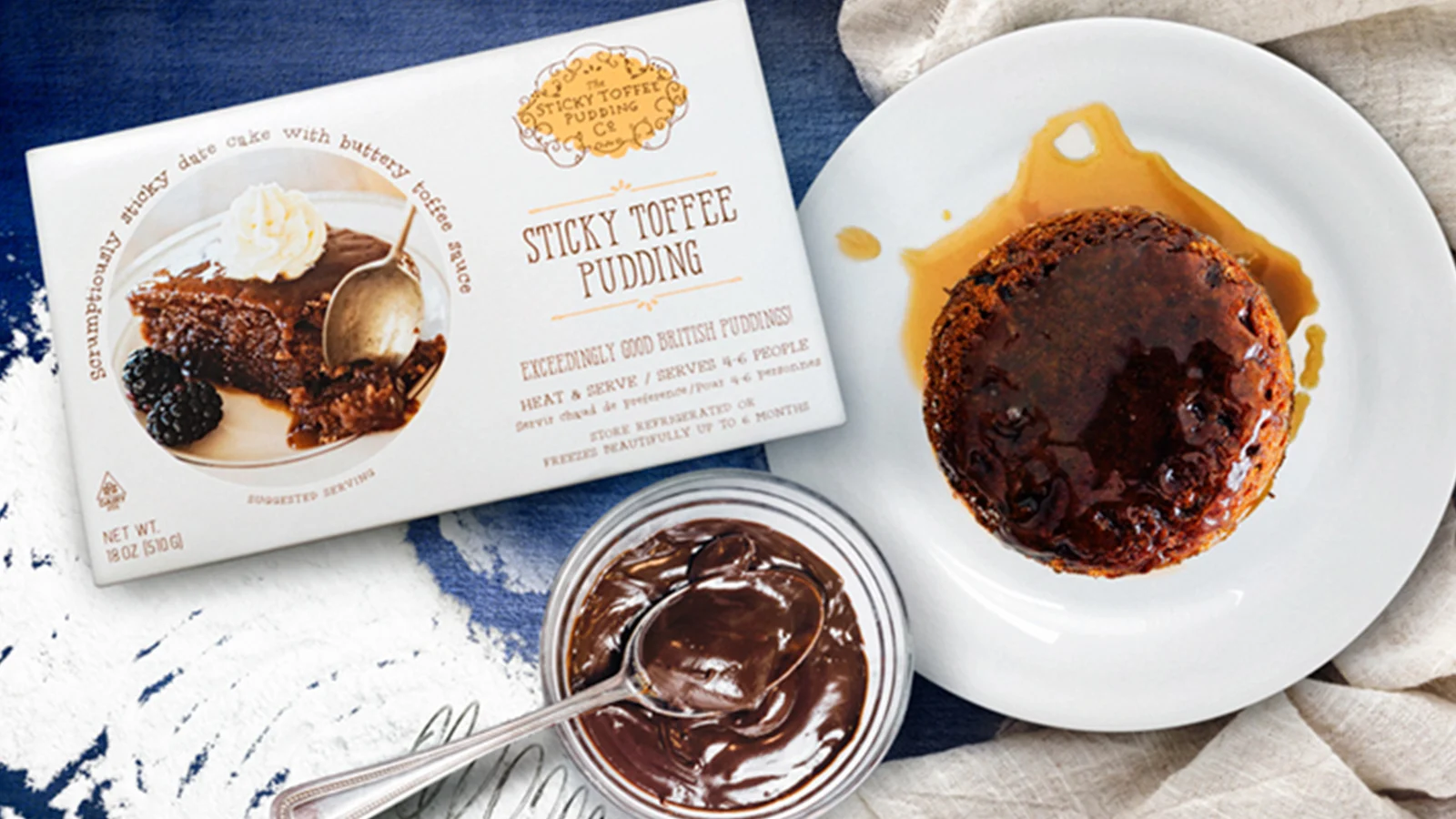
Luxury Food Brand Designs
Subtitle
While luxury brands have higher retail prices, your packaging design must reflect premium quality to do so. Despite the great variety across food and beverage brands, several luxury packaging principles remain constant.
Artisanal Aesthetic
Historically a reference to hand-crafted products, artisanal now often implies high-quality ingredients and an emphasis on non-mechanical processes. Artisanal products embody special attention to detail and dedication to one’s craft. The packaging better match that same spirit.
Exclusivity
By emphasizing the scarcity of your product, you imbue it with the special quality consumers expect from luxury food brands. Whether it’s exclusive to a particular retailer or seasonal, luxury brands often receive prime location on shelfs, or their own displays—highlighting their elevated quality. Sometimes they are stored on top shelves, the added effort to reach them reflecting their higher value.
Price Point
Put simply, many people are willing to pay more for premium food and beverage brands. You don’t necessarily have to pay more for packaging to achieve this, but the materials and design should reflect this higher price point.
Brand Integrity
Every interaction a consumer has with you is an opportunity to reinforce your brand identity. Whether it’s social media, a website, your packaging, or the product itself, your visual design and materials must reflect luxury and high quality. Placing an elegant logo and image on a generic-looking folding carton won’t cut it. Every detail must evoke refinement.
Pedigree
You want your products to appear new, but your brand old. When your brand has history, it elicits trustworthiness, experience, and wisdom in the eyes of consumers. It can be as simple as including a founding year on packaging, or a more elaborate story of your brand. When it comes to luxury food brands, “pedigree” is another way of saying this. It reinforces the notion that your brand is not just a business but an important institution consumers should support.
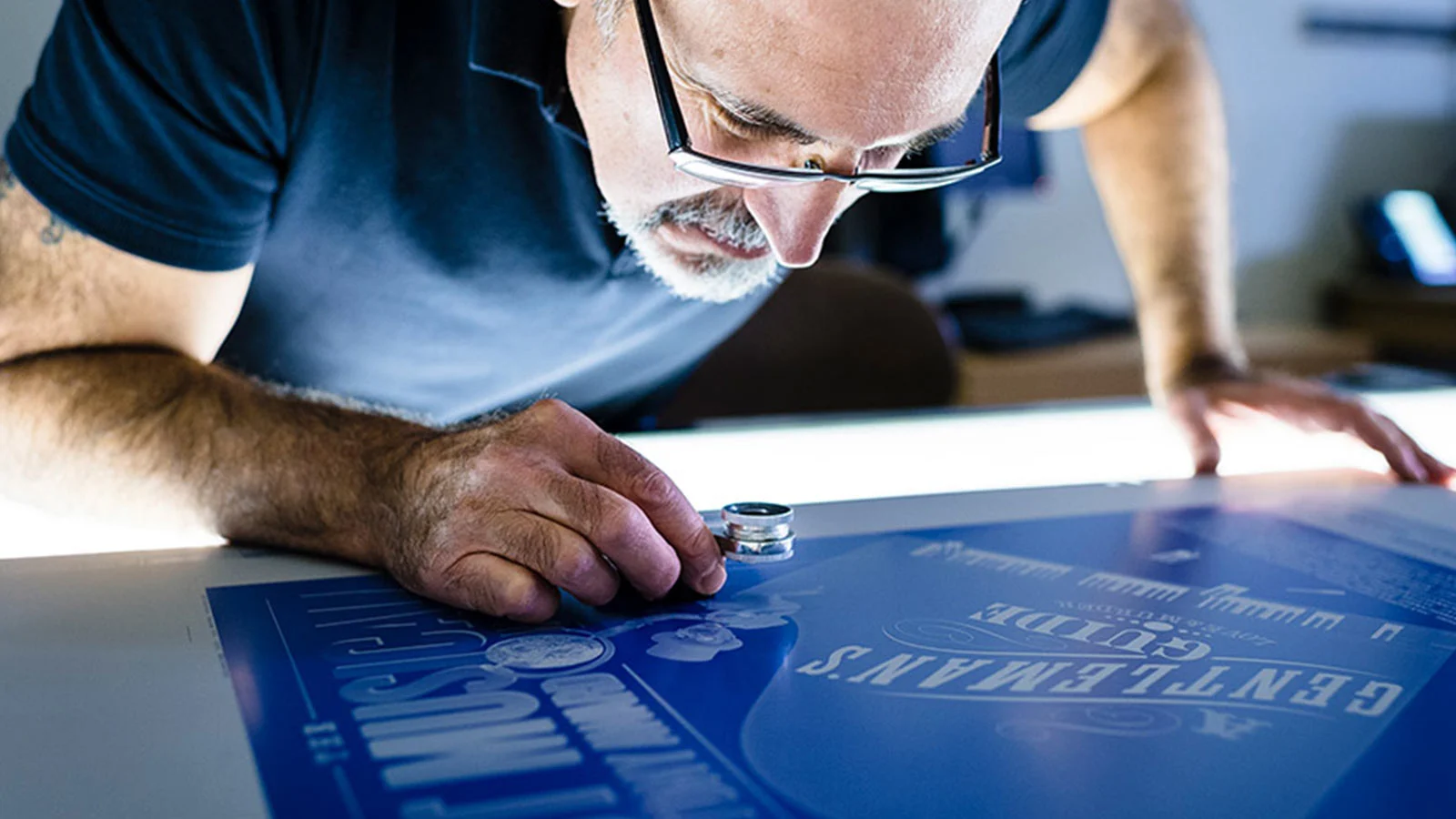
Top Questions to Ask Your Food Packaging Supplier
Weighing all these considerations for food and beverage packaging can be overwhelming. You have loads of questions and an experienced printing and packaging partner will be able to guide you through each step of the process.
As you start this collaboration, here are five of the top questions you should ask.
What Are My Design Options?
During the design process, you’ll likely outline key branding characteristics, firm deadlines, sustainability goals, and which products you want to focus on for redesign. Perhaps you want to shift toward responsibly managed forests for your paperboard, or integrate an embossed logo onto your higher-end food products.
Your packaging partner will help you streamline this decision process and overview your abundant options.
How Will the Design Impact Shelf Life?
As we’ve discussed, different materials and adhesives partner better together than others. Your food and beverage products most likely will need to retain their structure and freshness, regardless of whether they’re stored in a fridge, freezer, or counter top.
Experienced printing and packaging partners should have a clear answer for you. They know what works together and what doesn’t. They’ll help you balance your other goals, such as sustainability, with preserving and protecting your products.
How Will the Packaging Support Branding?
The success of branding relies heavily on visual consistency. Be certain your packaging partner has the color printing capabilities, whether offset or digital, that can match your style guide with near perfect accuracy. Similarly, they should be able to meet your other packaging goals without compromising your brand.
Do You Offer Vendor Managed Inventory (VMI)?
If you’d like to buy in bulk while having shorter lead times, then VMI is the way to go. By keeping all aspects of your order in stock, a manufacturer can quickly do a print run and get your product to market without delay.
What Certifications Have You Earned?
For printing and packaging purposes, the most important certifications a manufacturing partner should hold are a SFQ certification and another indicating their paper is derived from responsibly managed forests, as verified by the FSC, SFI, or PEFC.
Acquiring these certifications requires extensive resources and demonstrates a manufacturer’s eagerness to continually improve and remain an industry leader.
These are primarily questions to help you begin an effective conversation with potential packaging partners. Each should be supported by a thorough, evidence-based answer. Don’t hesitate to ask for data or further clarification.
Working With a Domestic Food Packaging Partner
With more than 250 years of combined experience, Oliver is a domestic expert in food and beverage packaging that provides guidance at every step of the process.
By working with Oliver you can benefit from:
- A more localized supply chain
- Expertise that’s always nearby
- A one-stop solution for all your printing, packaging, and fulfillment needs
- Flexible print runs
- Packaging centered around sustainability
- Internationally recognized quality control
- And more




